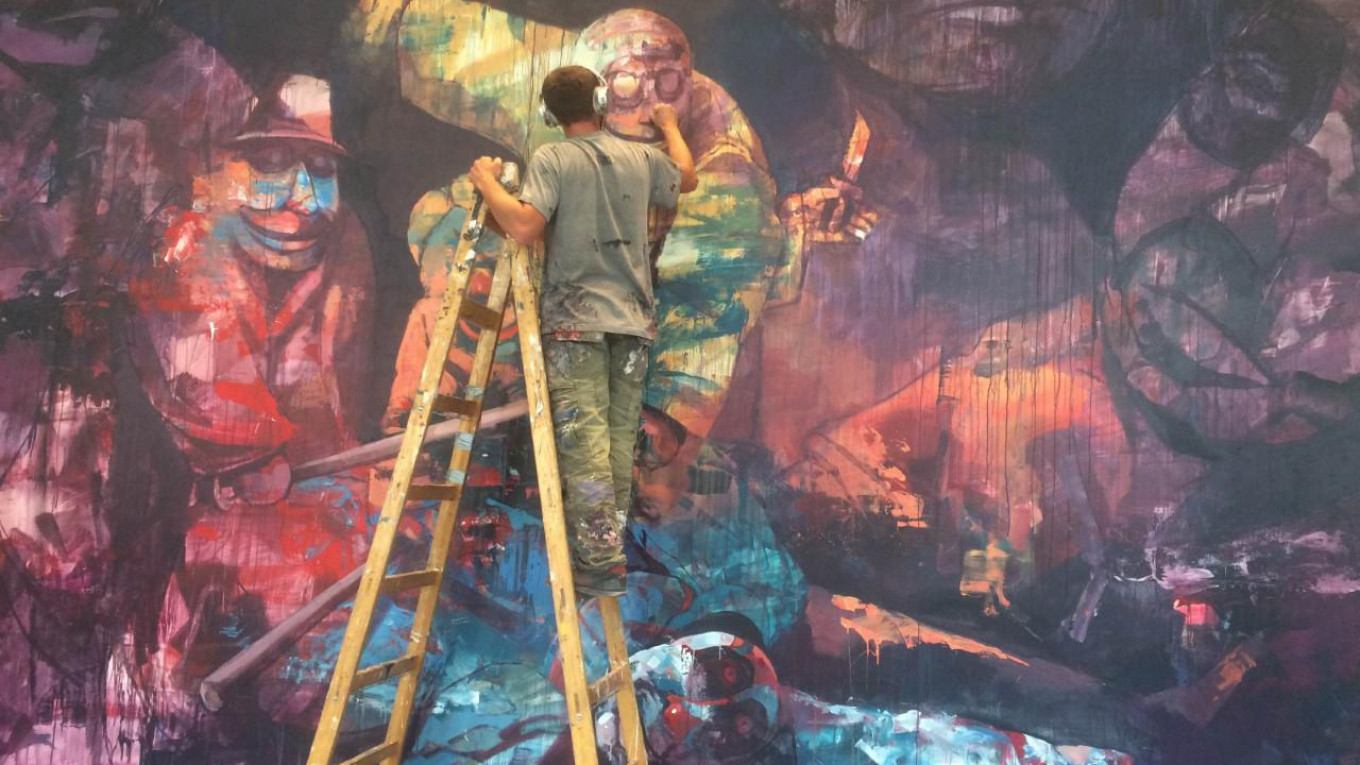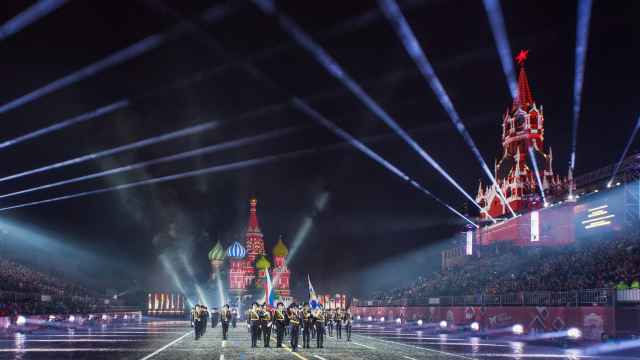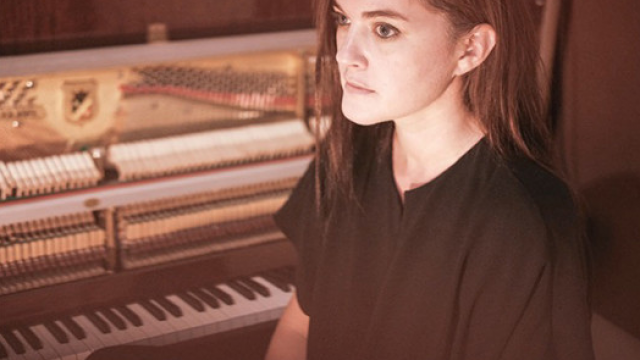Brightly-colored, creative and often controversial, street art has historically received the cold shoulder by city authorities — making the arrival of the capital's second street art biennale all the more interesting. We sent our arts reporter to the Moscow Manege to find out more.
Entering the Manege Central Exhibition Hall, I notice the huge plaster head of a clown on the floor. Next to it stands a man in paint-splattered overalls, working on a smaller sculpture of a human head. His name is Mario Mankey, a Spanish street artist here to present his "Empires and Their Walls" project at the II Artmossphere Moscow Street Art Biennale, alongside 42 foreign artists and 26 Russian artists.
The hall is sensory overload, full of noise, color and artists chatting in foreign languages. Some are adding the final touches to their works, others are just starting to assemble them. A couple of girls trying to set up a tent in the middle of the hall turn out not to be disoriented campers, but artists from Baltimore. Jessie and Kate's installation — a tent featuring elaborate batik prints — is called "Waxing in the Honeymoon"
Further into the hall Sepe from Poland is high up on a ladder, painting the faces of several puppet-like creatures that are beating up a member of their group while silhouettes on the walls around them look on. Sepe takes off his headphones when I approach. The piece is called "Invisible Walls," just like the theme of this year's biennale. “The puppets are us and the people in the walls are pulling our strings, manipulating us to do what we don't want to," he says.
Amid the chaos of the final rush to get everything ready before the opening I find one serene individual, Sabina Chagina, Artmossphere co-founder and the curator. I sit down with her to get some perspective on the new biennale.
TMT: Sabina, how did you get involved with street art?
SC: Street art came from hip-hop, and I did as well. I was a bona fide b-girl, me and my future husband founded Flammable Beats in 2003 and we started spreading hip-hop culture at clubs, especially underground hip-hop. We used to DJ at so-called 'graffiti jams' where several artists would gather and paint their own pieces. One of the biggest jams was at the opening of the Winzavod Center for Contemporary Art — the place was painted all over at the beginning. Around the same time, I went to Barcelona, which was full of street art and mural I liked it a lot. I met some artists and the gallery owners that represented them. When I came back to Moscow, I thought I’d open a gallery like that here, and I did. In 2008 I founded Street Kit, an online gallery of street art. I created a database and opened an online shop for art works and even clothing brands by street artists. In 2011 I opened an actual, offline gallery at Flakon, which existed for a year and a half.
TMT: How did you get to this point?
SC: The street art boom started in Moscow. The mayor said that the whole city should be painted with graffiti as part of the city day celebrations. I was invited to curate part of the effort and that was how I met Yuliya Vasilenko, the co-founder of Artmossphere.
TMT: Why a biennale rather than a festival?
SC: From the very start we decided that it should be a biennale and in 2014 we organized the first one. We realized that we needed some sort of space to exhibit the works rather than just paint walls out on the streets. The biennale gives small independent projects an opportunity to be noticed, while the main project serves as the background.
TMT: So what will be the smaller projects this year?
SC: On September 14 we will have an auction some of the works exhibited at the Manege at the RuArts Gallery, our longtime partner. On September 15 an exhibition will open at Pavilion number 64 at VDNKh. The exhibition is entitled “In/dependence,” and artists will explore the theme of hyper-consumerism and the ways we can become independent of consumerist world. We plan to open a workshop space and children’s street art school in the back of Pavilion number 64 at the end of September.
TMT: Why do you think that street art in Moscow is more and more seen at galleries rather in its natural environment, i.e. on the streets?
SC: When street artists paint a canvas, it’s just another way of expressing themselves. It’s not street art anymore, but the canvas bears the same meaning, the same colors. And street art is still out there. But some of the artists will even refuse to paint a facade if it was officially allowed.
TMT: But why is the street art in Moscow’s center being replaced with patriotic or commercial graffiti?
SC: When we painted all of those facades during “The Best City on Earth” festival we showed the marketing specialists and political scientists a useful tool. Now the rights to those facades are being bought by various companies and organizations and they put whatever they want there. Unfortunately, there is no law that will encourage real estate developers to support street art.
The II Artmossphere Moscow Street Art Biennale runs through January 18 at various locations throughout the city. See artmossphere.ru for further information.
A Message from The Moscow Times:
Dear readers,
We are facing unprecedented challenges. Russia's Prosecutor General's Office has designated The Moscow Times as an "undesirable" organization, criminalizing our work and putting our staff at risk of prosecution. This follows our earlier unjust labeling as a "foreign agent."
These actions are direct attempts to silence independent journalism in Russia. The authorities claim our work "discredits the decisions of the Russian leadership." We see things differently: we strive to provide accurate, unbiased reporting on Russia.
We, the journalists of The Moscow Times, refuse to be silenced. But to continue our work, we need your help.
Your support, no matter how small, makes a world of difference. If you can, please support us monthly starting from just $2. It's quick to set up, and every contribution makes a significant impact.
By supporting The Moscow Times, you're defending open, independent journalism in the face of repression. Thank you for standing with us.
Remind me later.






